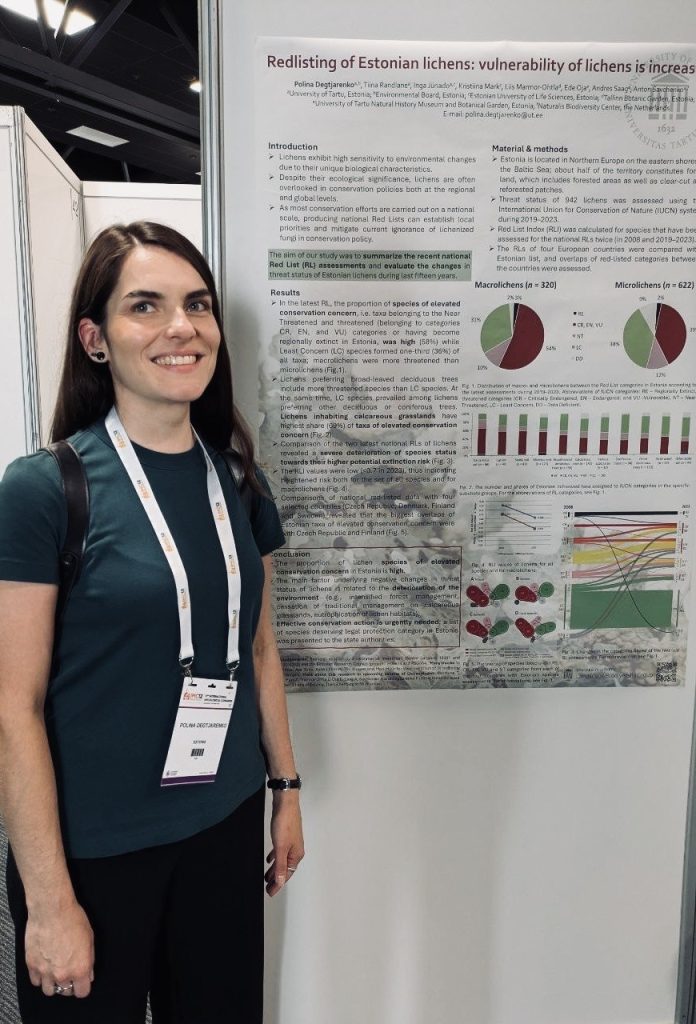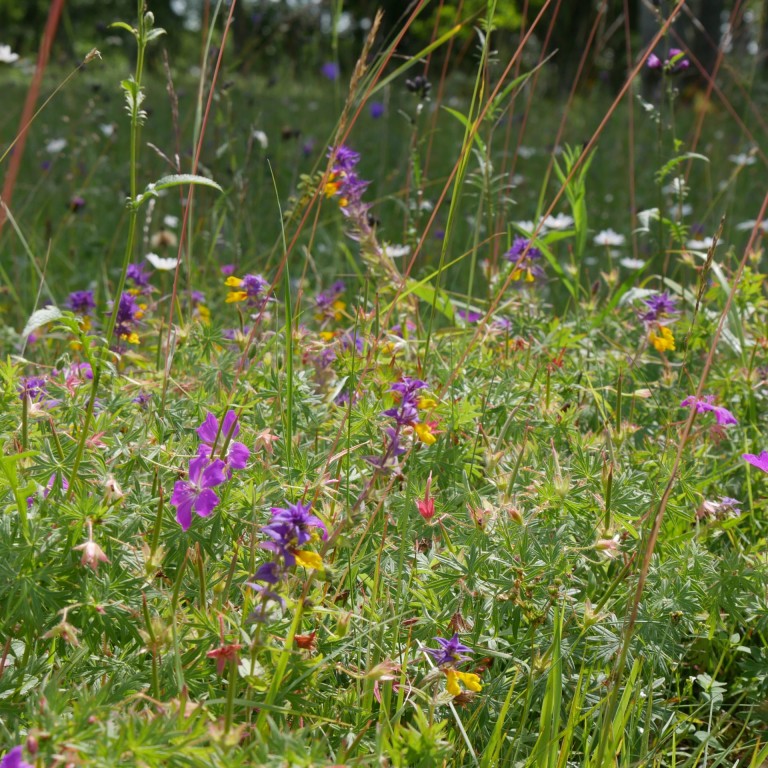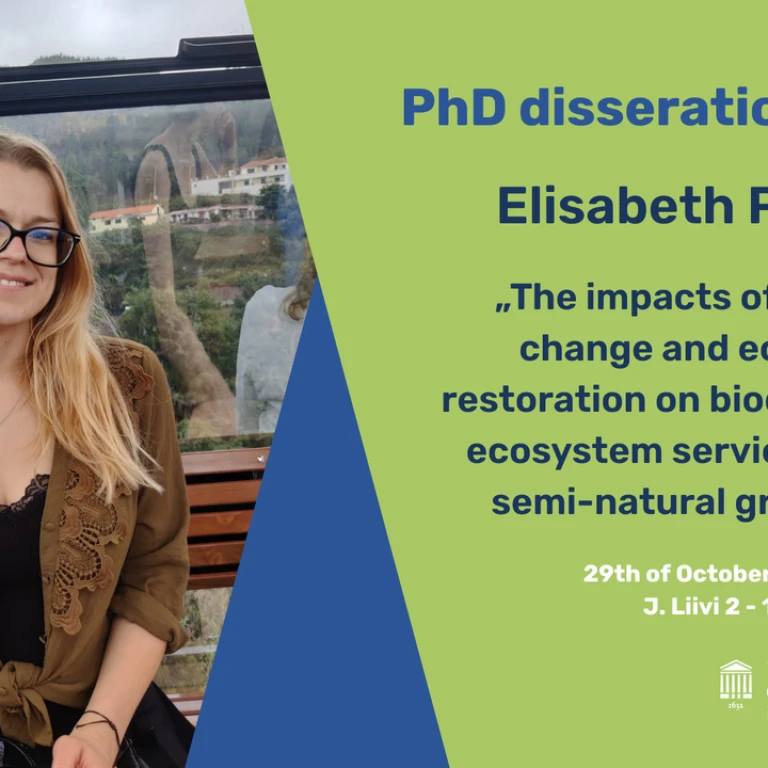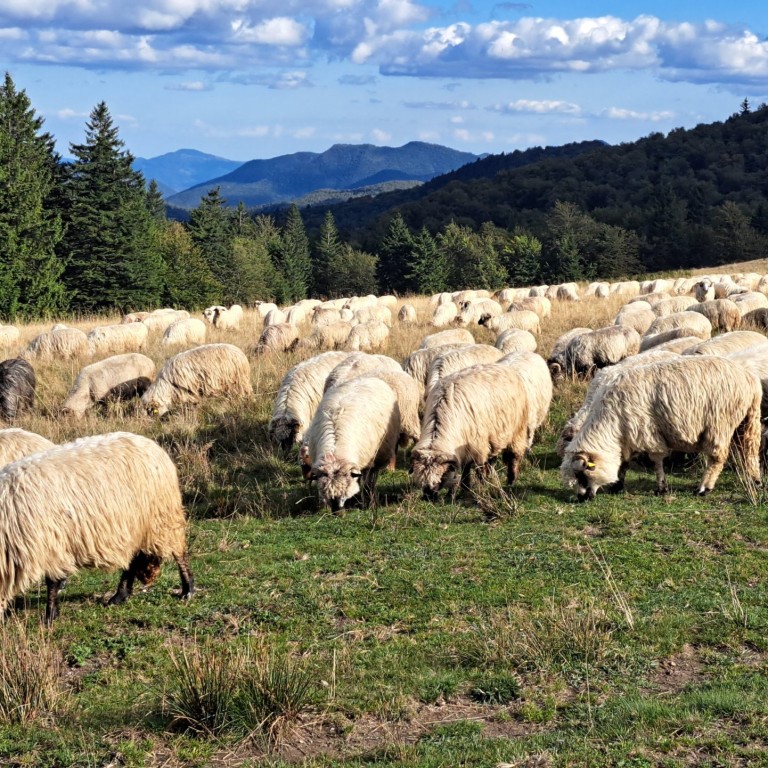This year, the 12th International Mycological Congress (IMC12) " took place in Maastricht during the second week of August. Alongside diverse presentations and fiery discussions, the use of fungal DNA sequences and genomes as nomeclatural types also sparked a debate.
"In this year's congress, the proposal to use the fungal DNA sequence and genomes as nomeclatural types attracted the most debate. However, it did not find support in the sessions of the nomenclature - the proposal of using fungal DNA sequence as types was rejected, while discussions about using fungal genomes as types arecontinued," Polina Degtjarenko said. "One of the counter-arguments mentioned that the DNA sequence is a description of the type material. There is the risk that many species will be described immediately, which can create difficulty for taxonomists and the possibility of abusing this information."
Polina Degtjarenko, Researcher fellow at Restoration Ecology at the Landscapes Biodiversity Workgroup, gave a posterpresentation about the results of the resent assessment of Estonian lichens using the IUCN criteria.
The International Mycological Association, founded in 1971, represents the interests of over 30,000 mycologists worldwide. It is a none for profit organization, the purpose of which is the encouragement of mycology in all its branches. This implies that the IMA should strive to promote mycology in its widest sense. For its four year term until the IMC congress in Maastricht, The Netherlands in 2024, the Executive committee and the IMA Council will strive to:
- Provide useful information and links on the website, to strengthen mycological integration and collaboration;
- Promote open access of mycological journals and books, and support the flagship journals of our science to be more competitive with those of other sciences;
- Establish online repositories under the auspices and management of the IMA, to which members can contribute and own.
More information:
Polina Degtjarenko




